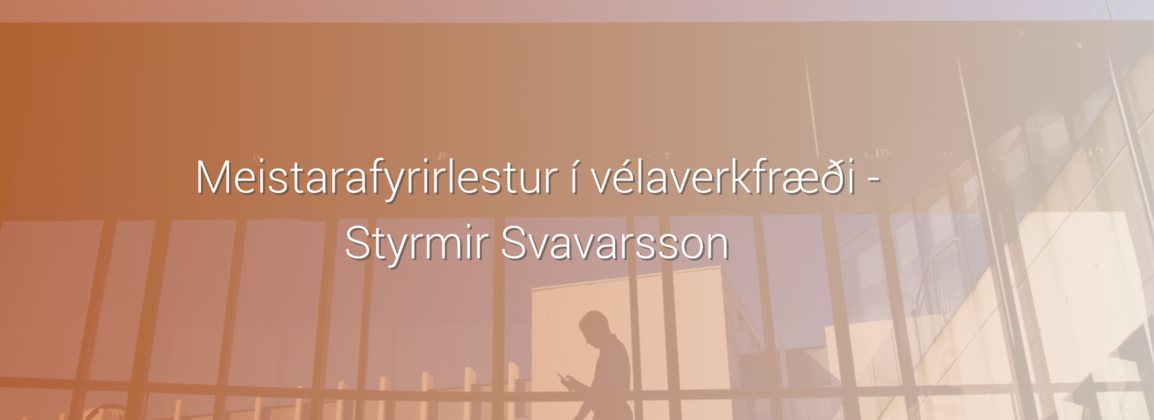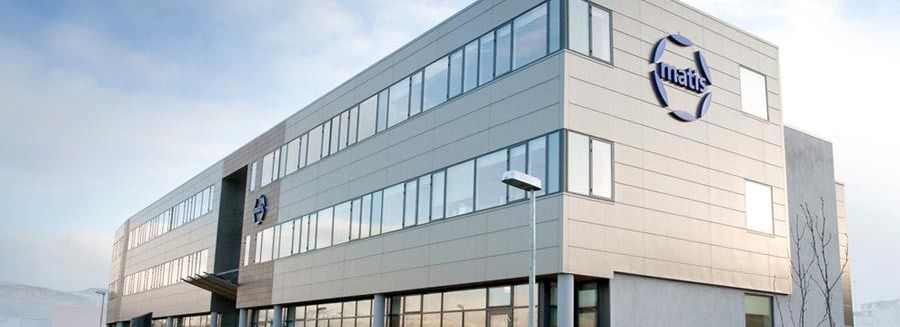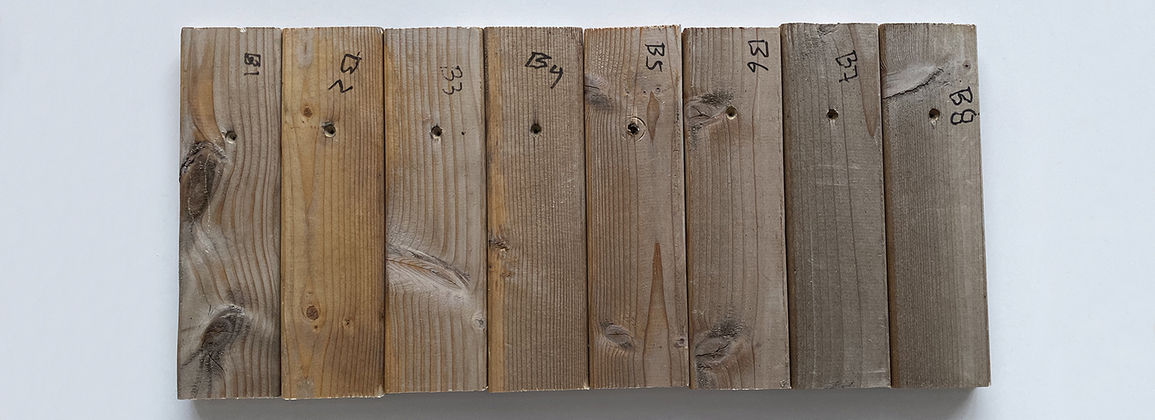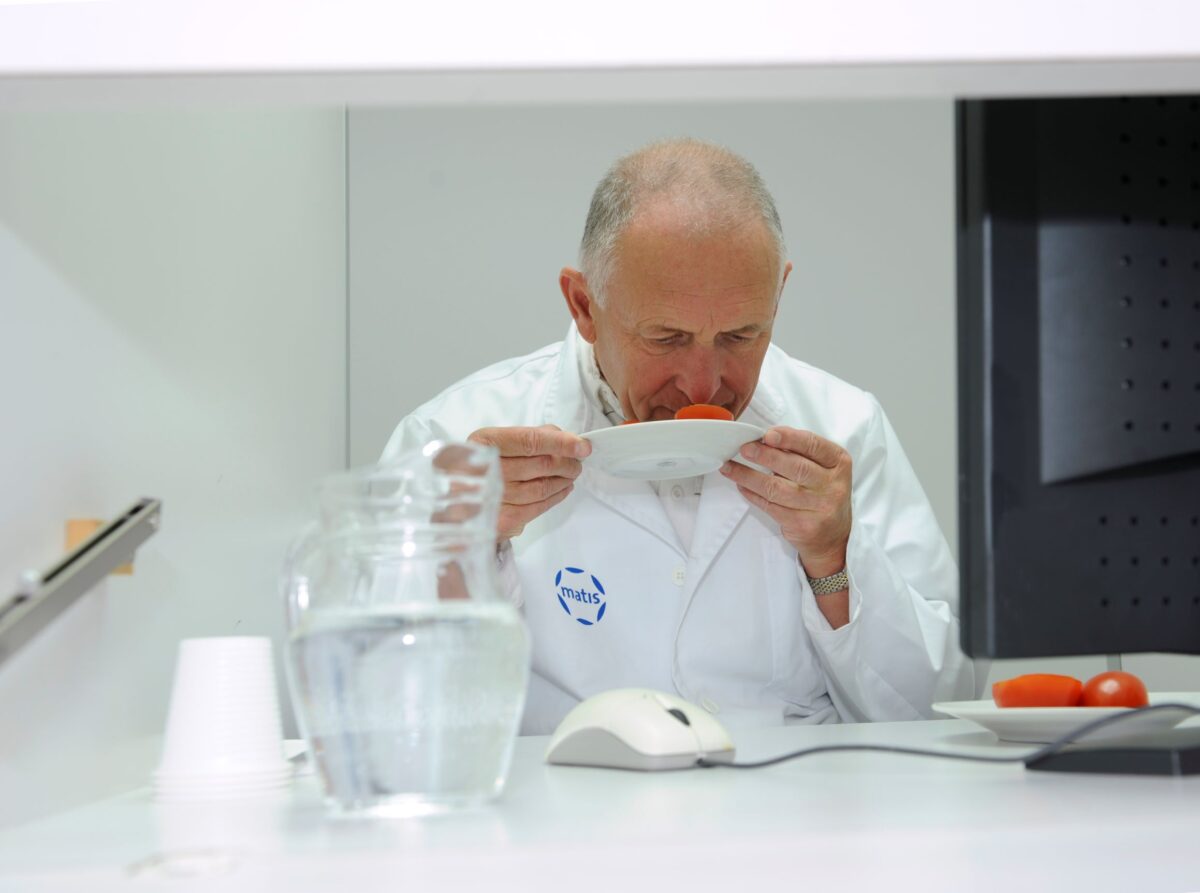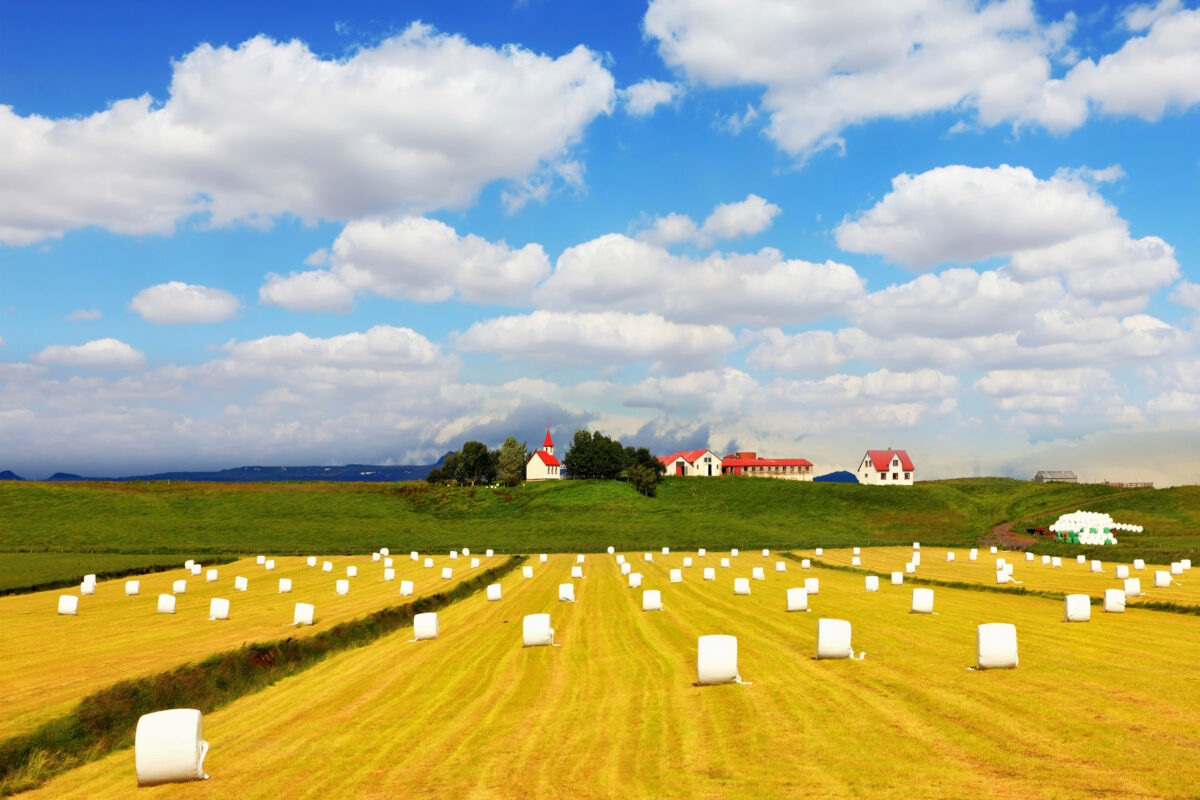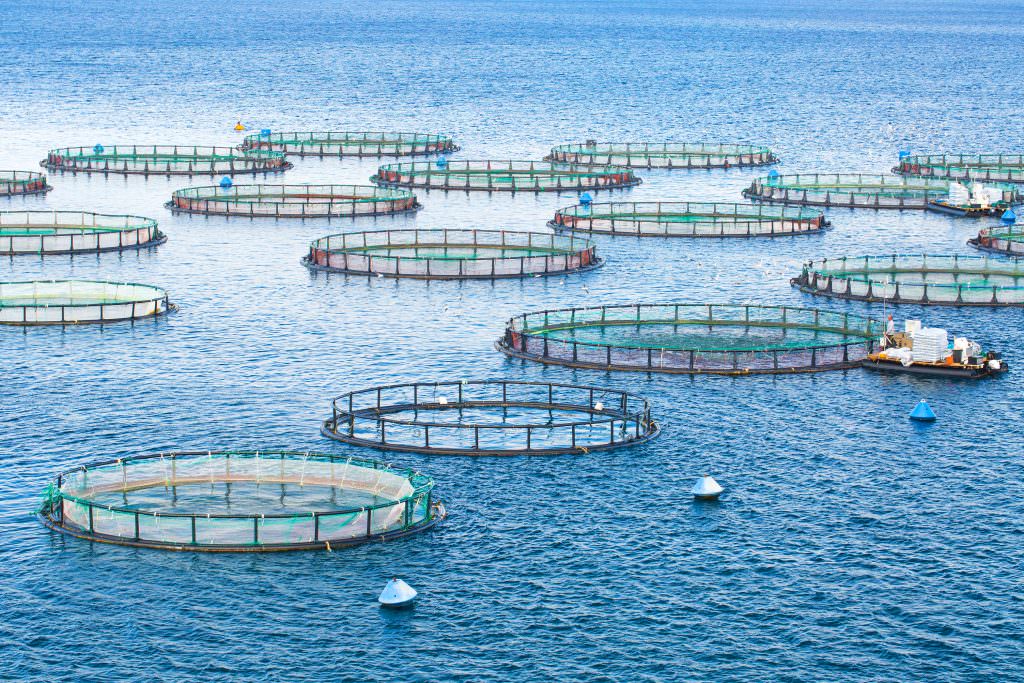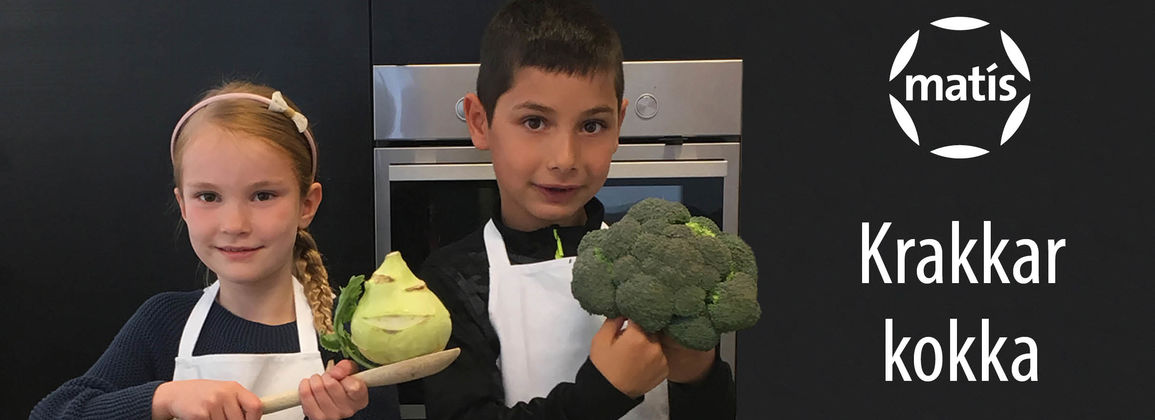Styrmir Svavarsson will give his master's lecture in mechanical engineering in Matís today at 14:30.
The aim of the project was to examine the effects of slush ice and temporary cold and freezing storage on the temperature of cod in fresh fish processing.
Inadequate temperature control in a fresh fish refrigeration chain has a major impact on product quality. It is therefore important that the cooling chain is uninterrupted from fishing to consumers in order to maintain quality. Therefore, the product must be refrigerated quickly and safely down to the storage temperature and maintained. The temperature of the product, refrigerant and processing rooms were mapped and two pre-cooling experiments were performed. The first experiment consisted of placing a cod neck in a pot with ice cream and the second experiment consisted of storing the finished product in a package in the refrigerator and freezer.
The results showed that the temperature of the product when packed was too high compared to the recommended storage temperature of fresh cod. The pre-cooling experiments generated temperature profiles that showed the effect of the cooling method that could be used as a reference to reach the correct temperature of the product. The end result is that by constantly pre-cooling the product down to a defined storage temperature, it is possible to improve the cooling chain and increase the quality of the product.
Department: Industrial Engineering, Mechanical Engineering and Computer Science.
Supervising teacher: Fjóla Jónsdóttir, Professor at Industrial Engineering, Mechanical Engineering and Computer Science.
Supervisors: Björn Margeirsson, Associate Professor at Industrial Engineering, Mechanical Engineering and Computer Science and Research Director of Sæplast / Tempra.
Sigurjón Arason, professor at the Faculty of Food and Nutrition, University of Iceland and chief engineer at Matís.
Examiner: Gísli Kristjánsson, production manager at Brim.
When: January 20, 2020, 2:30 pm to 3:30 pm
Where: Matís, Vínlandsleið 12

